SUMMARY
This is AI generated summarization, which may have errors. For context, always refer to the full article.
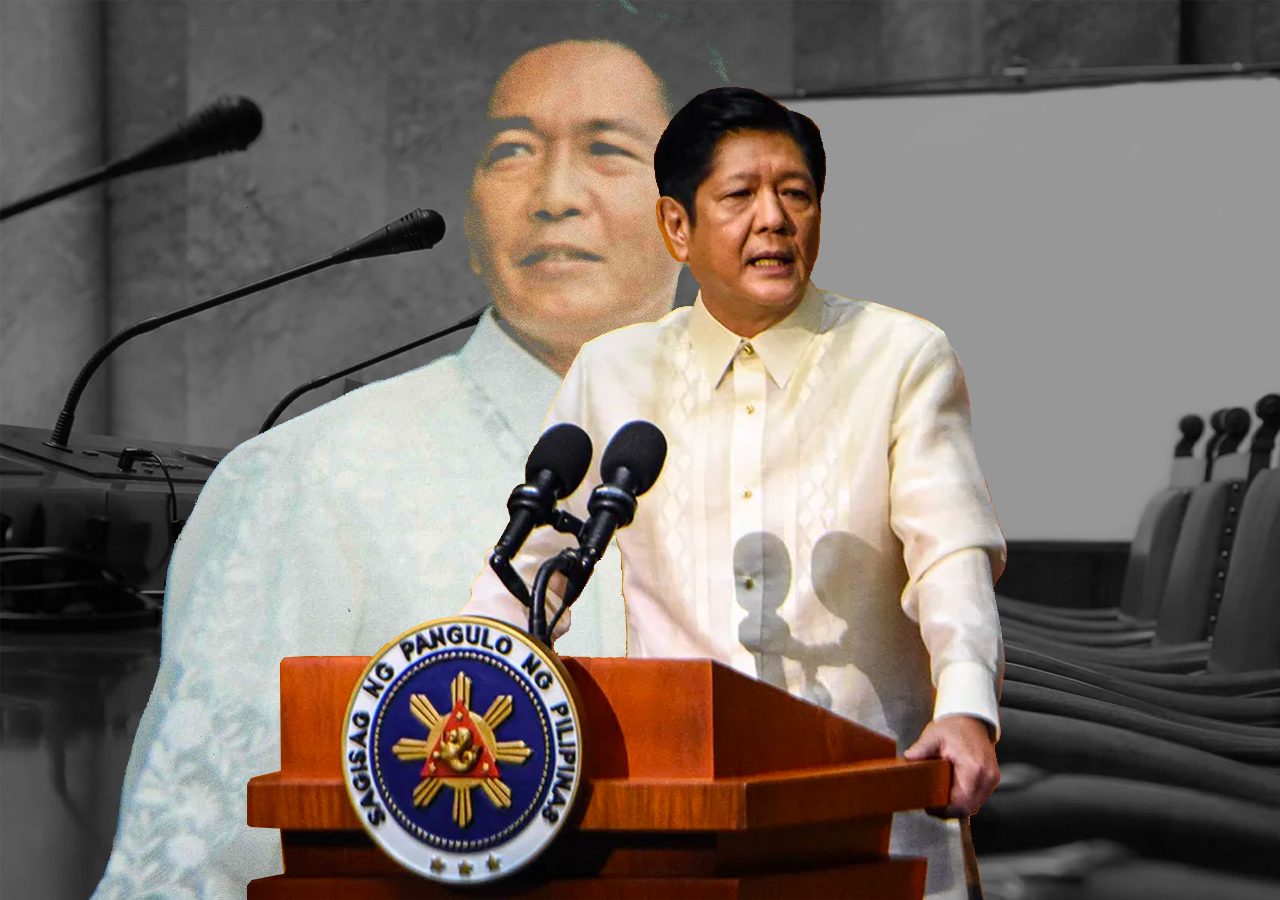
MANILA, Philippines – Fifty years have passed since Ferdinand E. Marcos declared Martial Law in 1972. Many things have changed since then and six other presidents have taken the highest position in the Philippines. Five decades years later, another Marcos is again at the helm – this time the late dictator’s son and namesake, Ferdinand “Bongbong” Marcos Jr.
Martial Law was lifted in 1981 but the elder Marcos stayed as president of the Philippines until he was ousted in 1986. The late dictator built his Cabinet with trusted people who helped him implement his martial rule and mitigate its consequences.
Amnesty International estimated that during Martial Law, there were 3,240 people who were killed, 70,000 imprisoned, and 34,000 tortured. (READ: Marcos and his men: Who were the key Martial Law figures?)
As Marcos, the dictator, lost his grip on power during the last years of his administration, some members of his Cabinet broke off while others stayed loyal. Some of them have relatives who are now part of Marcos Jr.’s Cabinet, while others have lived long enough to serve under two Marcos presidents.
(The interactive visualization below shows the network of Ferdinand E. Marcos’ Cabinet, and how it is connected to Marcos Jr.’s current Cabinet. Each icon represents an entity, such as a person or company. If two icons are linked, it means they are related to each other by blood, affinity, or professional experience. To see the relationship between entities, click on the lines that link them together. Click on an entity and select the crosshair icon at the bottom part of the visualization for a more focused look at the network of that entity.)
(Click here to see full visualization.)
Below is a list of the Cabinet members of former president Marcos who remain to have connections to the present Marcos Jr. administration. It includes their contributions to Martial Law and their work post-1986 People Power Revolution. (FAST FACTS: The Marcos Cabinet)
Officials serving two Marcos administrations
Juan Ponce Enrile
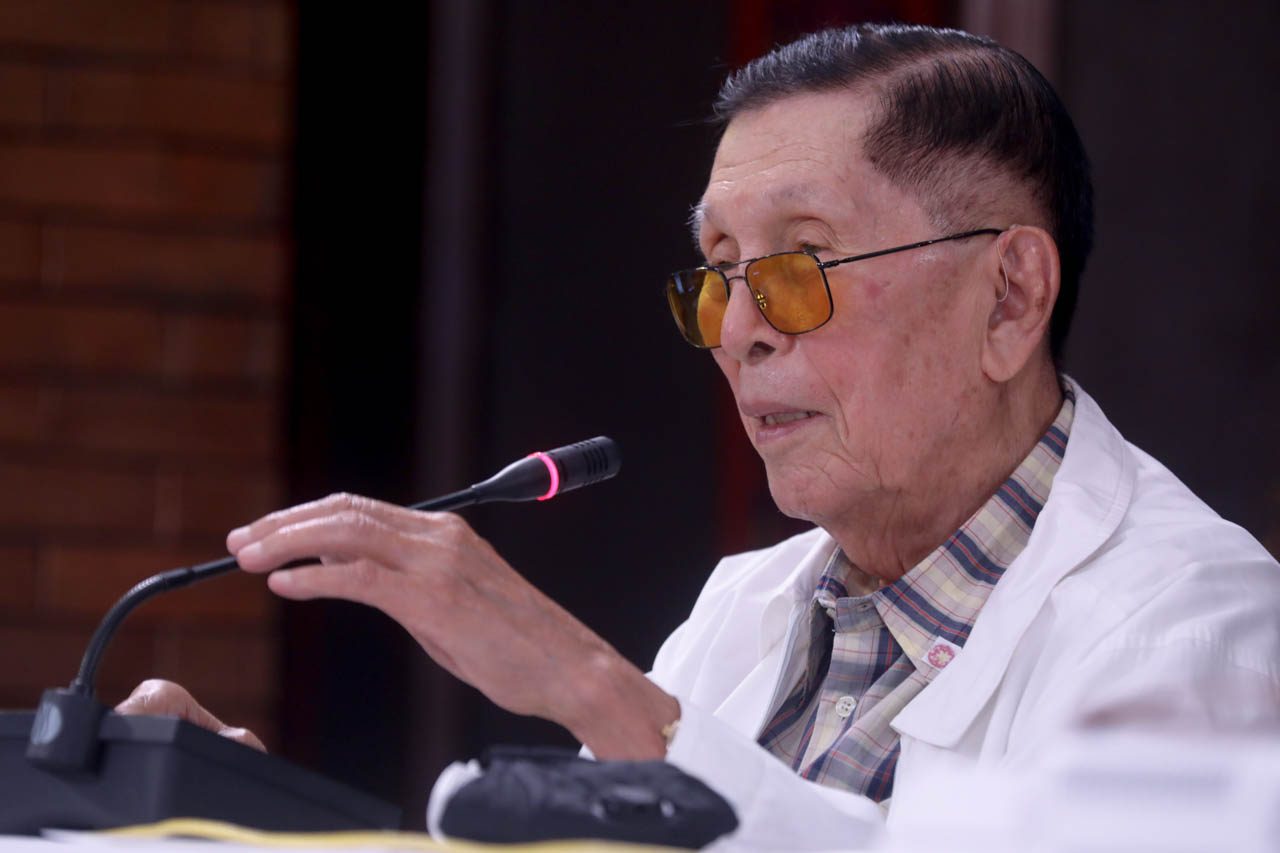
- Positions held during Ferdinand E. Marcos’ regime: secretary of justice, 1968-1970; secretary of defense, 1970-1971; minister of national defense, 1972-1986
- Position in Marcos Jr.’s administration: Chief Presidential Legal Counsel
Enrile is among the longest-serving Cabinet members of the elder Marcos, having served him for 20 years.
Enrile was a key actor in the planning, implementation, and end of Martial Law. His supposed “ambush” in 1972 was one of the reasons Marcos used to justify the declaration of Martial Law. Enrile would later claim in 1986 that it was staged, then would retract it in 2012 and 2018. During Martial Law, he was in charge of most of the orders issued as defense minister. In 1986, he publicly withdrew his support for Marcos and launched a coup, triggering the People Power Revolution that ended the dictator’s rule.
Enrile continued to hold several other government positions after, most notably as senator for several terms. On June 17, Press Secretary Trixie Cruz-Angeles announced that Marcos Jr. had appointed him as his chief legal counsel.
Jaime C. Laya

- Positions held during Ferdinand E. Marcos’ regime: secretary of budget and management (1978-1981); central bank governor (1981-1984); minister of education, culture and sports (1984-1986)
- Position in Marcos Jr.’s administration: Chairman of the Cultural Center of the Philippines (CCP)
Laya was the country’s first secretary (minister) of budget and management and the fifth governor of the central bank (CB, now Bangko Sentral ng Pilipinas). Laya’s term as CB governor in the 1980s was mired in crises. The Philippines defaulted on its foreign loans in 1983, which had been looming as the country’s stock of debts ballooned in the late 1970s. On top of this, political turmoil had also been brewing locally, exacerbated by the assassination of Benigno “Ninoy” Aquino Jr. in 1983. The situation was also aggravated by skyrocketing oil prices caused by the Iran-Iraq war. By 1984, the Philippines experienced a recession.
In a column in 2019, former socioeconomic planning chief Gerardo Sicat described Laya’s appointment as “bad timing.” (READ: Marcos years marked ‘golden age’ of PH economy? Look at the data)
A 1984 Washington Post article said that Laya was ousted as central bank chief after the International Monetary Fund discovered the Philippines was padding reserve figures “to make the country look like a less risky investment.” Marcos then “promoted” Laya to education minister shortly after, and he remained as such until 1986.
After the 1986 People Power Revolution, Laya left public office and established his own accounting firm. He has since ventured into other private businesses, including GMA Network, Philtrust Bank, Ayala Land, and Calata Corp.
Laya returned to government as chairman of the National Commission on Culture and the Arts from 1996 to 2001. At present, Laya serves as the chairman of the Cultural Center of the Philippines. The chairman of the CCP is confirmed by the board of trustees, under Presidential Decree No. 15 of 1972. The chairman should also be part of the board, which is composed of nine appointees of the Philippine president.
Marcos Cabinet members with relatives appointed by Marcos Jr.
Imelda Marcos

- Positions held during Ferdinand E. Marcos’ regime: minister of human settlements (1981-1986); governor of Manila (1975-1986)
- Relative appointed by Marcos Jr.: Nephew Jose Manuel Romualdez, Philippine ambassador to the United States
Imelda was not only the first lady during the dictator’s term – her political influence became more potent after Martial Law was declared. She was appointed by her husband as minister of human settlements and governor of Manila. During this time, Imelda also became a symbol of extravagance and an “icon of ’80s excess” due to her lavish lifestyle. The family then faced cases stemming from decades-long efforts to hold them accountable for their ill-gotten wealth after they were exiled in 1986.
Prior to Marcos Jr.’s win in the 2022 elections, Imelda had mentioned as early as 2014 that she wanted him to run for president. During this time, fan groups and pages of the Marcos family – often sharing disinformation – started sprouting on social media.
Conrado Estrella Sr.

- Positions held during Ferdinand E. Marcos’ regime: secretary/minister of agrarian reform (1971-1986)
- Relative appointed by Marcos Jr.: Grandson Conrado Estrella III, Secretary of Agrarian Reform
Estrella Sr. was already secretary of agrarian reform before the former president declared Martial Law. Even before that, he had served as mayor of the town of Rosales in Pangasinan and later became governor of the province until 1963.
His grandson and namesake, Conrado Estrella III, was chosen by Marcos Jr. as his own agrarian minister on June 8.
Estrella Sr. died in 2011.
Blas F. Ople

- Positions held during Ferdinand E. Marcos’ regime: secretary/minister of labor (1967-71, 1972-86)
- Relative appointed by Marcos Jr.: Daughter Susan “Toots” Ople, Secretary of Migrant Workers
Ople is considered the “Father of the Labor Code” of the Philippines, which was signed into law by Marcos in 1974. As labor minister, Ople initiated overseas employment in 1976. His term also saw the creation of the Philippine Overseas Employment Administration and the Overseas Workers Welfare Administration.
Post-Marcos, Ople became part of the Constitutional Commission that drafted the 1987 Constitution. He then ran for the Senate and served as senator from 1992 to 2002. He was also the foreign affairs secretary under former president Gloria Macapagal-Arroyo until his death in 2003.
Rodolfo del Rosario

- Positions held during Ferdinand E. Marcos’ regime: minister of natural resources (1984-1986)
- Relatives appointed by Marcos Jr.: Antonio Manuel Lagdameo Jr., special assistant to the president, who is the grandson of banana tycoon Don Antonio O. Floirendo Sr. and nephew of Antonio “Tony Boy” Floirendo Jr. Floirendo Sr. is Del Rosario’s brother-in-law. (Lagdameo Jr.’s father, Antonio Manuel Lagdameo, was also appointed by Bongbong as permanent representative of the Philippines to the United Nations)
Del Rosario joined former president Marcos’ Cabinet years after Martial Law was lifted, and stayed in position until Marcos was ousted. Post-Marcos, he became the representative for the now-defunct 3rd District of Davao del Norte. He then became governor of Davao del Norte from 1998 to 2004 and was reelected in 2007 until he retired from politics in 2016.
The Del Rosarios and Floirendos are powerful families in Davao del Norte, with broad political and business influence. Floirendo Sr. was a known business associate of Marcos who greatly contributed to the late dictator’s campaigns. During Martial Law, Floirendo Sr.’s banana plantation Tagum Agricultural Development Company, Inc. flourished.
Del Rosario and his relatives, including Floirendo Jr. and Lagdameo Jr., pledged support to Marcos Jr. in 2016 when he (Marcos) ran for (and lost) the vice presidency. The family also continued to fund campaigns. Floirendo Jr. was the biggest campaign donor of former president Rodrigo Duterte in 2016, while Lagdameo Jr. was Marcos Jr.’s top contributor in the 2022 elections.
Others related to incumbent politicians
Luis Villafuerte Sr.

- Positions held during Ferdinand E. Marcos’ regime: minister of trade and industry (1979-1981)
- Relative in politics: Son LRay Villafuerte, Camarines Sur’s 2nd District Representative
Villafuerte became part of Marcos’ Cabinet in 1979 and stayed in position around the time Martial Law was lifted. When Marcos was ousted in 1986, Villafuerte served as the secretary for government reorganization under Corazon Aquino. He was then elected governor of Camarines Sur from 1986 to 2002. He was also elected as Camarines Sur’s 2nd district representative from 2004 to 2010, and then the 3rd district representative of the province from 2010 to 2013. He died in 2021 at age 86.
Luis Raymund “LRay” Villafuerte, the former trade minister’s son, is currently Camarines Sur’s 2nd District representative. He is a known supporter of Marcos Jr.
Villafuerte is also the uncle of former vice president Leni Robredo.
Salvador Escudero III

- Positions held during Ferdinand E. Marcos’ regime: secretary/minister of agriculture and natural resources (1984-1986)
- Relative in politics: Son Francis Joseph “Chiz” Escudero, senator
Like Del Rosario, Escudero joined Marcos’ Cabinet after Martial Law was lifted and stayed in position until 1986. Post-Marcos, Escudero became the 1st District representative of Sorsogon from 1987 to 1996. He briefly served as secretary of agriculture of Fidel V. Ramos from 1996 to 1998, and then returned to his post as a district representative in 2007 until his death in 2012.
In 2011, Escudero authored a resolution pushing for a hero’s burial for Marcos.
As for his son, Chiz, Sara Duterte formally endorsed his senatorial candidacy in the 2022 elections. Although Chiz was not officially on the UniTeam slate, he was included in four slates.
– with reports from Gaby Baizas and Dylan Salcedo/Rappler.com
Add a comment
How does this make you feel?
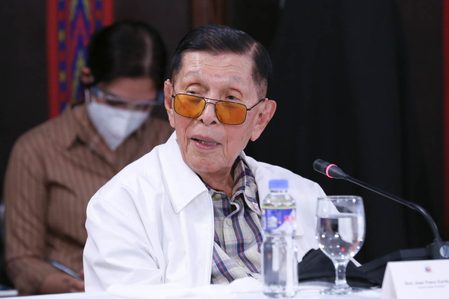
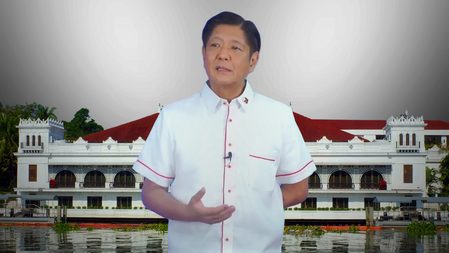



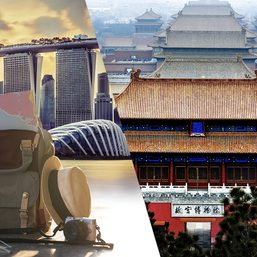

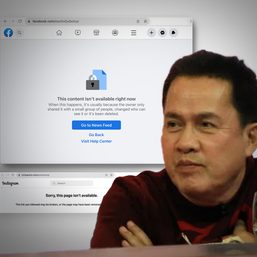
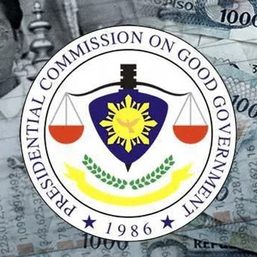
![[Newspoint] The lucky one](https://www.rappler.com/tachyon/2024/04/lucky-one-april-18-2024.jpg?resize=257%2C257&crop=536px%2C0px%2C1080px%2C1080px)
![[Just Saying] Marcos: A flat response, a missed opportunity](https://www.rappler.com/tachyon/2024/04/tl-marcos-flat-response-april-16-2024.jpg?resize=257%2C257&crop=277px%2C0px%2C720px%2C720px)
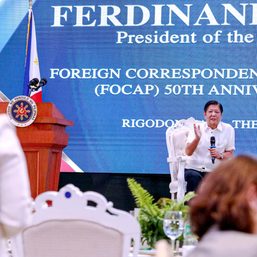
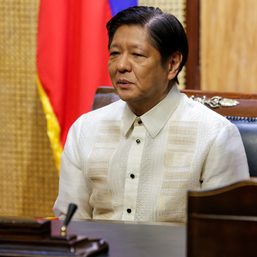
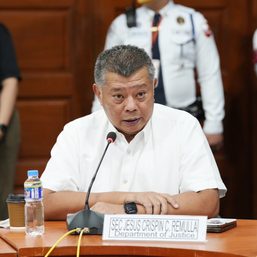
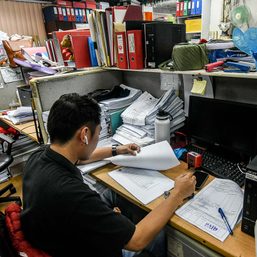
![[OPINION] If it’s Tuesday it must be Belgium – travels make over the Marcos image](https://www.rappler.com/tachyon/2024/04/tl-travel-makeovers-marcos-image.jpg?resize=257%2C257&crop_strategy=attention)

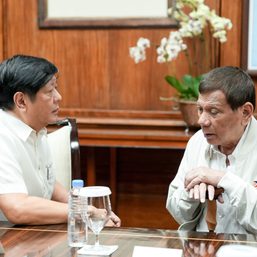
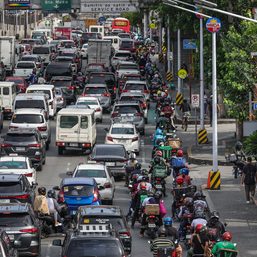
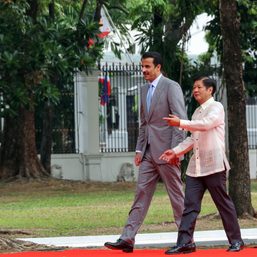
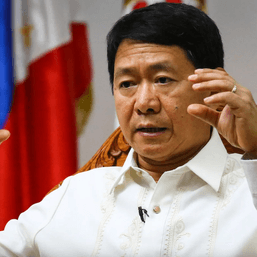
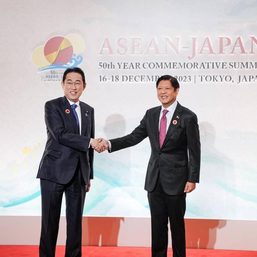
There are no comments yet. Add your comment to start the conversation.